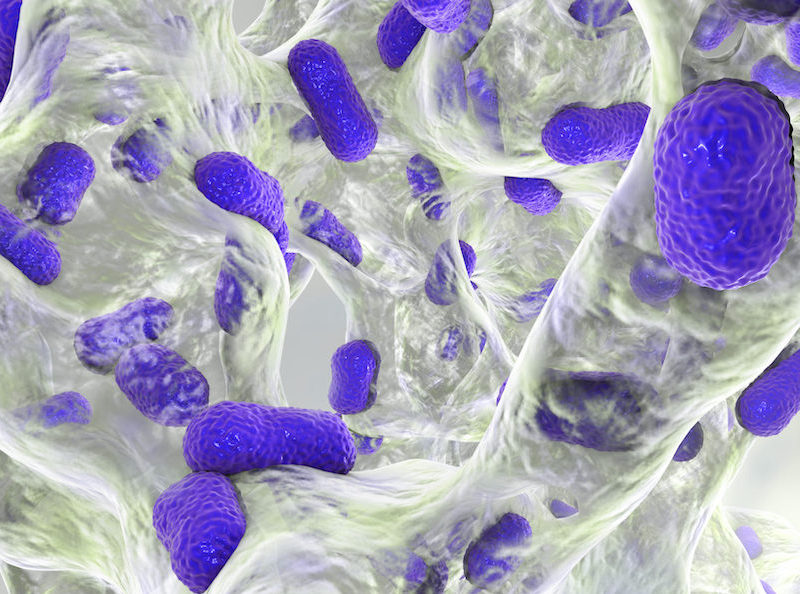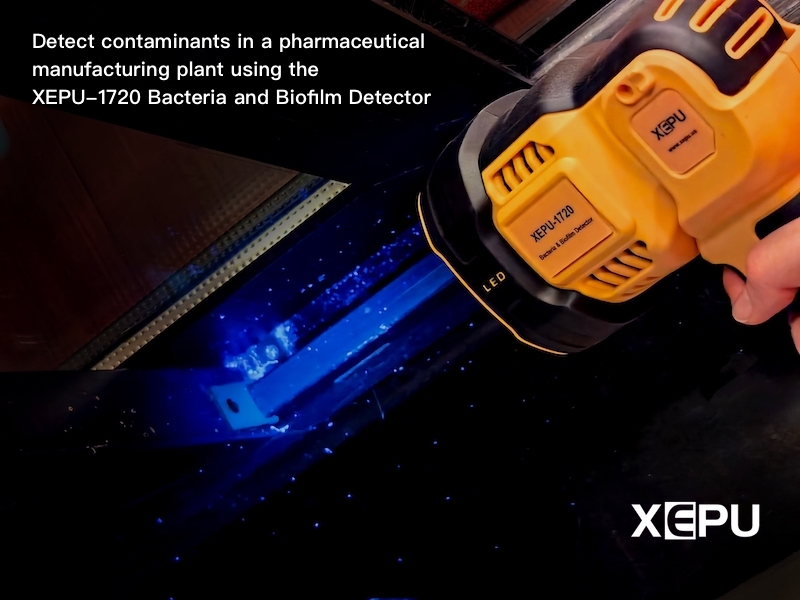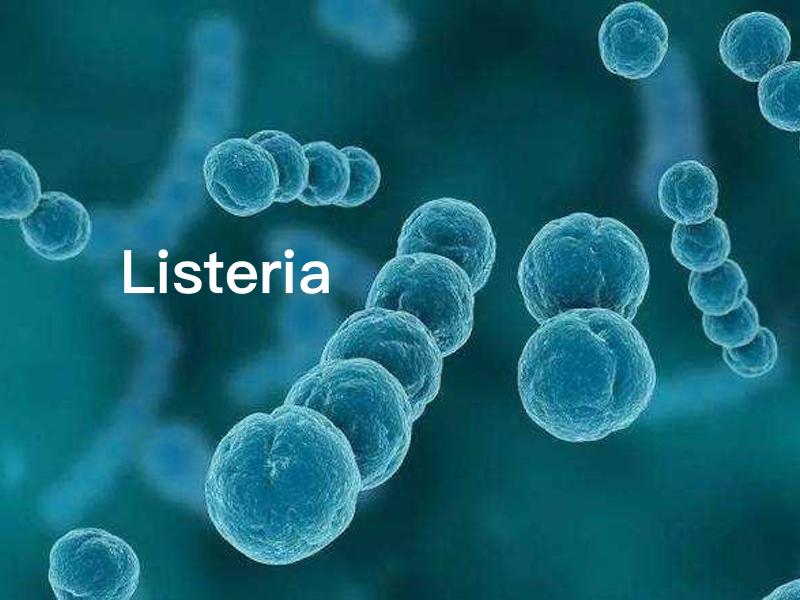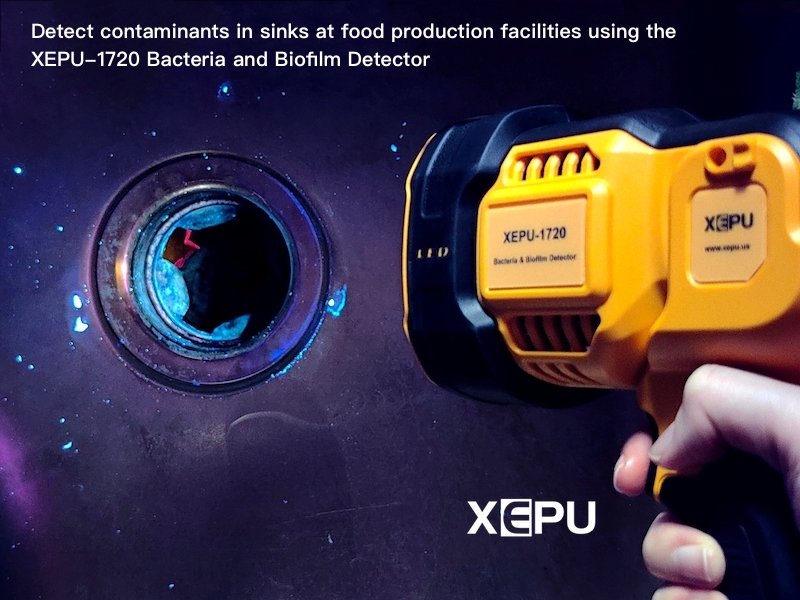Applications of UV Inspection Lamps
UV inspection lamps, as an versatile and efficient tool, are widely used in different industries. Some common applications are discussed below.
GEMSTONE & MINERAL INSPECTION
UV Light can react with the chemicals of a mineral specimen and excite it to glow, called fluorescence. The color and intensity of the emitted fluorescence can identifty many materials. Some minerals and gemstones will fluoresce under a 254nm shortwave UV lamp while others fluoresce under a 365nm longwave UV lamp.
LOCATE PET URINE SOURCES
The amber-colored pet urine is composed of protein metabolism waste products, with feline diets typically protein richer than dogs. The urine will glow in the dark using a blacklight (365nm longwave UV lamp). Since the UV lamp is relatively weak, it works best to darken the room as much as possible.
RODENT CONTROL
UV lamps can also be used to detect rodent presence and contamination in warehouses and storerooms. Dry rodent urine glows blue-white if fresh and yellow-white if old when exposed to 365nm longwave ultraviolet light. Rodent hair glows blue-white and is easily identified on sacks or intermixed with food grains.
FORGERY ANALYSIS
Forgeries of bank notes, standard checks and travellers' checks are mainly printed on inferior bleached paper or photocopied. Forgeries will glow under UV lamps and bona fides will be completely dull. Many newer credit cards have an invisible imprint on the front. American Express uses "AMEX". If no imprint, the card is a forgery. Alterations of legal documents such as careful erasure or ink eradication and altering paper textures are detectable with UV lamps.
AUTOMOTIVE LEAK DETECTION
Using 365nm longwave UV lamps, you can identify oil leaks by different, easily distinguishable, fluorescent colors. This method applies to all types of engine oil leaks plus differential, wheel bearing, air conditioning system and brake fluid leaks.
ARSON DETECTION
In arson detection, accelerants' fluorescent glow is greater when exposed longer to heat. Their evidence is not always visible as they are absorbed by the fire but UV lamps can expose them. Volatile hydrocarbons such as gasoline, grease, paints and others fluoresce when exposed to UV light, and can be seen as fragments of incendiary devices. Ambient light must be minimized for use of UV light at a fire scene.
CRIME SCENE INSPECTION
Illegal dumping can be tracked at night using UV lamps. UV light is used to detect the presence of trace evidence in forensic investigations. Blood, urine, semen and saliva can present visible fluorescence.
ARTWORK INSPECTION
UV lamps or black lights reveal changes on the surface of objects as it causes specific fluorescence in materials depending on composition and age. UV fluorescence can show overpainting or retouching and identify types of stains.
One can detect repair in paintings and rugs using UV lamps, as differences can be seen between the chemical composition of newer inks, paints, and dyes and that of the originals.Under UV light, hard-to-see cracks in such as porcelain fluoresce brightly and hidden repairs are easily detected as most adhesives become visible.
ADMISSION / ACCESS OR CROWD CONTROL
In high-patronage clubs, amusement parks and swimming pools, applying quick drying readmission inks can be read easily by UV light.




